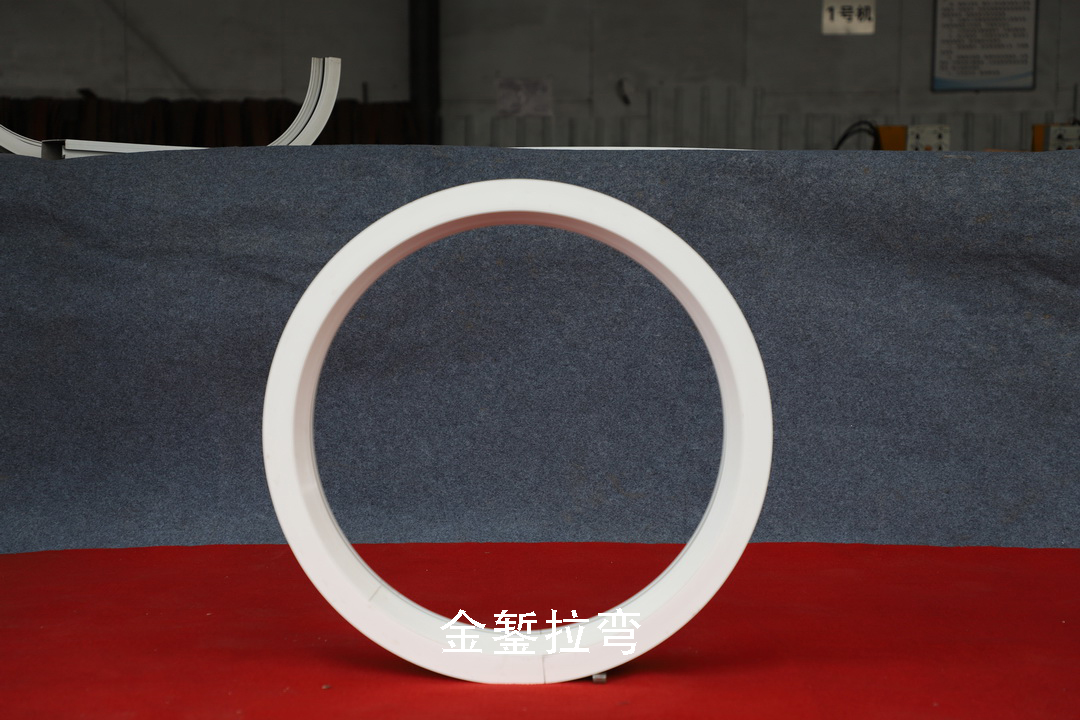Redefining the construction industry with innovative solutions, cuttin-edge technology and sustainable practices
Profile Bending 2025-10-23
In modern architecture and design, the bending of doors and windows has become a popular technique that not only enhances the aesthetic appeal of buildings but also improves their functionality. This process allows for the creation of unique shapes and forms that can transform a conventional space into something extraordinary. However, executing this bending process requires careful planning, skilled craftsmanship, and adherence to safety precautions. In this article, we will outline the key steps involved in the construction process of door and window bending and discuss important precautions to ensure a successful outcome.
Key Steps in the Door and Window Bending Process
1.Design and Planning
-Conceptual Design: The first step involves creating a detailed design that specifies the dimensions, shapes, and materials for the doors and windows. This design should take into account the overall architectural style of the building, as well as functional requirements such as insulation and ventilation.
-Material Selection: Choosing the right materials is crucial. Common materials used for bending include aluminum, fiberglass, and certain types of wood. Each material has its own properties that affect the bending process, such as malleability, strength, and thermal expansion.
2.Measurement and Preparation
-Accurate Measurements: Precise measurements are essential for achieving the desired shape and fit. This includes measuring the opening where the door or window will be installed, as well as the dimensions of the bending frame.
-Preparation of Materials: Before bending, the materials should be prepared by cutting them to the required lengths and ensuring they are free from defects. This preparation helps in achieving smooth bends and minimizing waste.
3.Bending Process
-Heating or Softening: For materials like aluminum or certain plastics, heating may be necessary to make them pliable. This can be done using specialized bending machines or heat guns. For wood, steam bending might be used, which involves soaking the wood to make it more flexible.
-Bending Techniques: Different techniques can be employed depending on the material. For metals, a hydraulic press or rolling machine is often used to achieve the desired curve. For wood, a jig or mold can be created to guide the bending process. It's important to follow the manufacturer's guidelines for each material to avoid damage.
4.Assembly and Framing
-Joining Components: Once the bending is complete, the next step involves assembling the components. This may include attaching frames, seals, and any necessary hardware. Ensuring secure joints is critical for the longevity and stability of the doors and windows.
-Installation of Glazing: If the doors or windows include glass, careful installation is necessary. The glass should be cut to fit the newly shaped frames and securely sealed to prevent leaks.
5.Finishing Touches
-Sanding and Painting: After assembly, surfaces may need sanding to smooth out any rough edges. Depending on the design, painting or staining may be applied to enhance aesthetics and provide protection against the elements.
-Final Installation: Finally, the doors and windows are installed in their designated openings. This step often involves additional adjustments to ensure proper alignment and functionality.

Precautions During the Construction Process
1.Safety First
- Always wear appropriate personal protective equipment (PPE) such as gloves, goggles, and masks when working with tools and materials. This protects against injuries from sharp edges or harmful fumes.
2.Follow Manufacturer Guidelines
- Each material has specific properties and recommended methods for bending. Adhering to manufacturer guidelines ensures the integrity of the materials and minimizes the risk of failure during the bending process.
3.Check for Structural Integrity
- Before installation, it’s crucial to inspect the bent doors and windows for any signs of weakness or defects. This includes checking for cracks, warping, or improper bends that could compromise functionality.
4.Temperature Control
- When heating materials, it’s essential to monitor the temperature closely. Overheating can lead to material degradation, while insufficient heating may not provide the necessary pliability for bending.
5.Test Fit Before Final Installation
- Always perform a test fit of the doors and windows in their intended openings before final installation. This helps identify any adjustments needed to ensure a proper fit and operation.
6.Consider Weather Conditions
- Be mindful of weather conditions during construction, especially when working outdoors. Extreme temperatures, humidity, or rain can affect the bending process and the performance of the materials.
The bending of doors and windows is a fascinating process that requires a blend of artistry and technical skill. By following the outlined steps and precautions, builders and designers can create stunning, functional spaces that stand out in both form and function. As architectural trends continue to evolve, the ability to bend doors and windows will undoubtedly remain an essential skill in the toolkit of modern construction and design. By prioritizing safety and precision throughout the process, the possibilities for innovation in building design are